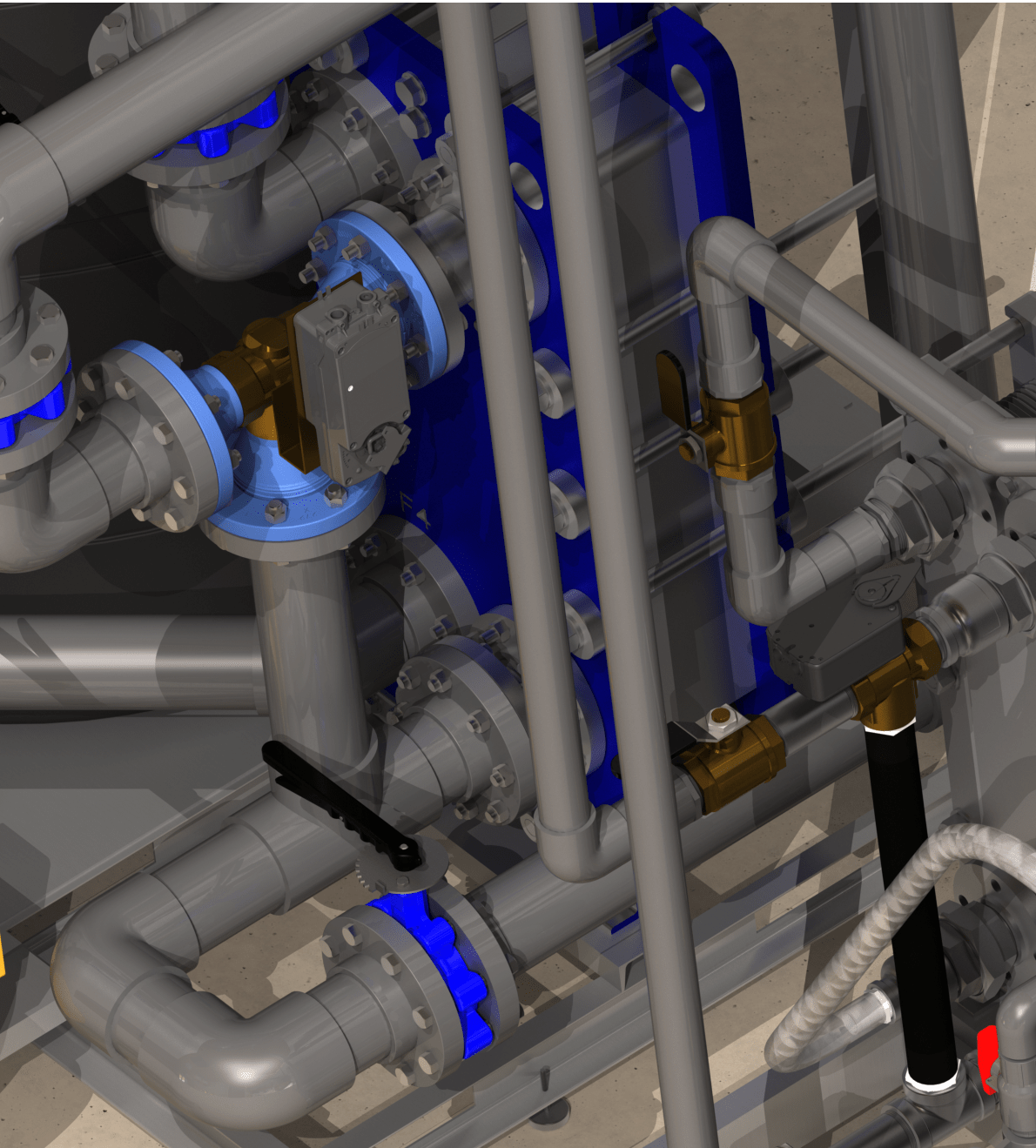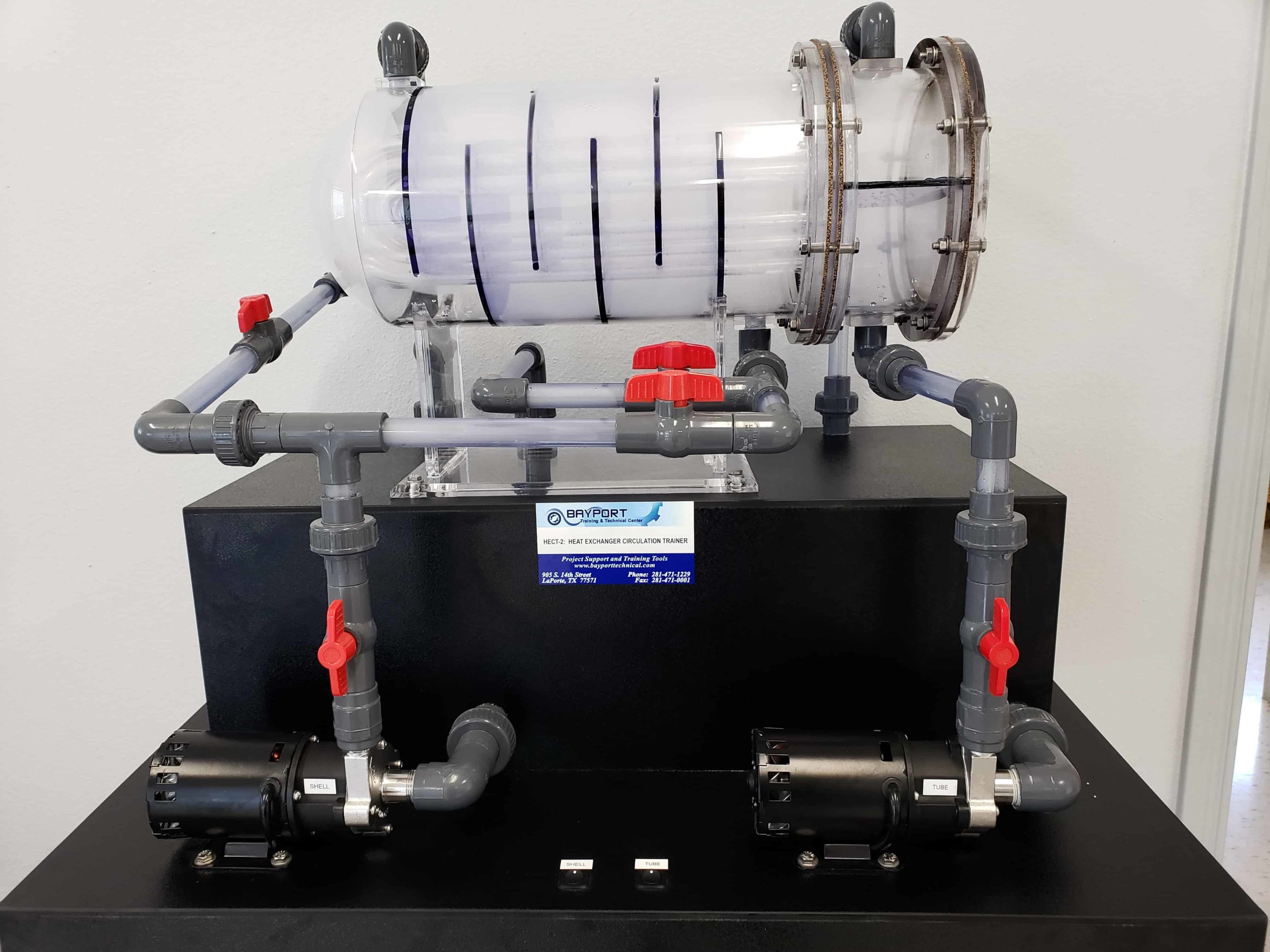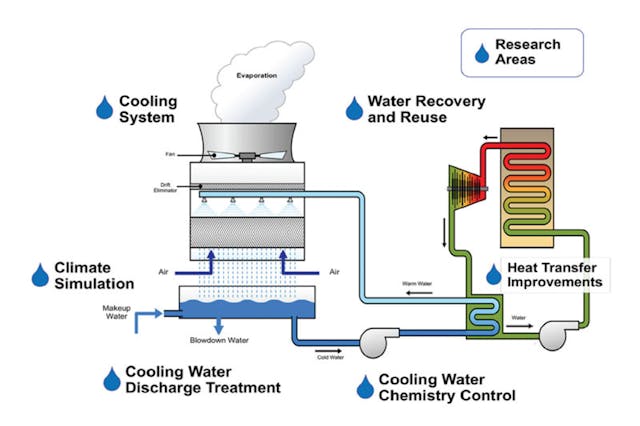Best Practices for Using DVS Heat Transfer Systems in Data Centers
Wiki Article
The Function of Heat Transfer Equipments in Sustainable Energy Solutions for the Future
Heat transfer systems are vital in the quest for sustainable power remedies. They enhance thermal energy monitoring, boosting the efficiency of sustainable technologies. By utilizing systems like conduction, radiation, and convection, these systems lessen power losses. Their function in solar thermal and geothermal applications is specifically considerable. As innovations arise, the possibility for more improvements increases important concerns about future energy methods. What growths will form the landscape of sustainable power?Understanding Heat Transfer Solutions

The Significance of Thermal Power Management
Efficient thermal energy administration is vital for optimizing energy effectiveness and reducing waste in various systems. By regulating temperature level and optimizing Heat transfer procedures, companies can markedly minimize power usage and operational expenses. Effective monitoring involves the implementation of sophisticated modern technologies and practices that monitor and regulate thermal conditions within systems, making certain that energy resources are utilized successfully. Furthermore, correct thermal power management adds to lowering greenhouse gas exhausts, straightening with global sustainability goals. It additionally boosts system integrity and performance, resulting in improved item quality and longer equipment life expectancy. Inevitably, prioritizing thermal energy management is a vital action towards developing a lot more sustainable power services and fostering a responsible method to power usage in industrial and property contexts.Applications of Heat Transfer in Renewable Resource
While different eco-friendly energy resources assure sustainability, the efficient application of Heat transfer plays a necessary role in their performance. In wind energy systems, Heat transfer is used for wind turbine component cooling, enhancing efficiency and longevity. Geothermal energy counts on reliable Heat exchange between the earth's subsurface and the fluid flowing in the system, optimizing energy extraction. Biomass power processes likewise gain from Heat transfer, as it assists in transforming natural materials into functional gas via pyrolysis and gasification. In addition, in hydropower, keeping excellent temperatures in tanks can improve energy outcome. Each of these applications shows the essential relevance of Heat transfer systems in improving renewable resource modern technologies, eventually adding to a much more lasting power future.Enhancing Solar Thermal Power Effectiveness
As solar thermal power systems remain to progress, improving their efficiency has actually become necessary for making the most of power result. Advances in Heat transfer innovations, such as boosted thermal storage products and ingenious Heat exchangers, play a significant duty in boosting efficiency. By using sophisticated materials that have remarkable thermal conductivity, systems can catch and transfer Heat better. Additionally, incorporating tracking systems that comply with the sunlight's path assurances that collectors receive perfect solar exposure throughout the day. Using nanotechnology in solar absorbers can further increase energy absorption prices. Additionally, including computerized control systems helps handle and manage temperatures energy circulation effectively, leading to minimized losses and boosted total system performance. These enhancements pave the means for even more lasting solar thermal power options in the future.Geothermal Home Heating: A Lasting Option
Geothermal home heating presents a sensible alternative for sustainable energy, supplying significant ecological advantages with reduced greenhouse gas discharges. Its performance and cost-effectiveness make it an appealing choice to standard heating unit. Nonetheless, challenges associated to implementation must be addressed to optimize its potential effect.Ecological Benefits of Geothermal
Although traditional home heating techniques add considerably to greenhouse gas emissions, geothermal heating presents an engaging choice that reduces environmental effect. By using the Planet's interior Heat, geothermal systems utilize a renewable resource source, noticeably decreasing dependence on fossil fuels. This approach creates very little carbon discharges, making it a cleaner option for industrial and domestic home heating. Additionally, geothermal systems advertise power performance, as they require much less energy compared to standard heater. DVS Heat Transfer Systems. The application of geothermal energy likewise assists in minimizing air contamination, boosting local air high quality and public health. As a lasting remedy, geothermal home heating sustains climate change reduction initiatives, positioning itself as a crucial part in the change in the direction of a greener futureEfficiency and Cost-Effectiveness
How does geothermal home heating gauge up in regards to effectiveness and cost-effectiveness contrasted to traditional heating unit? Geothermal home heating shows premium efficiency, usually accomplishing a coefficient of efficiency (POLICE OFFICER) of 3 to 5, indicating it produces 3 to 5 units of Heat for every device of electrical energy eaten. This performance translates right into lower operating expenses, specifically in regions with stable geothermal sources. First installment prices can be higher than conventional systems; however, long-lasting cost savings on power bills and minimized maintenance costs can offset these upfront financial investments. In addition, numerous federal governments incentivize geothermal systems through rebates and tax obligation debts, boosting their cost-effectiveness. Overall, geothermal heating emerges as a financially feasible and sustainable option to more traditional home heating services.Application Obstacles and Solutions
Numerous difficulties can restrain the prevalent application of geothermal furnace, regardless of their clear advantages as a sustainable power service. High preliminary installment costs often prevent investors and home owners, making funding a substantial obstacle. In addition, the geographical restrictions of appropriate geothermal sites limit accessibility in particular areas. Regional policies and permitting procedures can likewise complicate project growth, causing delays. Furthermore, public awareness and understanding of geothermal systems continue to be reduced, impeding acceptance. To resolve these obstacles, targeted education projects can improve public understanding, while government motivations could minimize financial worries. Working together with local authorities to simplify guidelines may facilitate smoother task approvals, ultimately advertising the adoption of geothermal home heating as a feasible, sustainable power option.Technologies in Heat Transfer Technologies
Innovations in Heat transfer technologies play an essential function in enhancing power effectiveness and sustainability. Advanced Heat exchangers and stage change products go to the forefront of these growths, providing significant renovations in thermal administration. These innovations not only enhance energy use however also contribute to reducing ecological impact in numerous applications.Advanced Heat Exchangers
Advanced Heat exchangers play a crucial function in boosting energy effectiveness across different applications in lasting power solutions. These gadgets assist in the transfer of Heat between two or even more liquids, significantly minimizing energy usage in procedures such as industrial heating, air conditioning, and power generation. Advancements in products and style, such as using nanofluids and portable arrangements, have actually resulted in enhanced thermal performance and minimized dimension needs. In addition, advancements in digital monitoring and control systems enable optimized operation, further increasing efficiency. By reducing waste Heat and making best use of power recuperation, progressed Heat exchangers contribute to reduce carbon footprints and sustain the shift toward eco-friendly technologies. Their proceeded advancement is vital for achieving global power sustainability objectives.
Stage Modification Materials
The integration of stage modification materials (PCMs) into Heat transfer modern technologies stands for a considerable improvement in energy management and performance. PCMs soak up and launch thermal energy throughout their stage modifications, enabling effective temperature level law in building materials and power systems. By keeping excess Heat throughout height periods and launching it when need increases, PCMs add to pack shifting and power preservation - DVS Heat Transfer Systems. This capability boosts the performance of renewable power systems, especially in solar thermal applications. Furthermore, PCMs can improve the thermal convenience of indoor settings, lowering dependence on traditional heating and cooling down approaches. As technologies in PCM solutions proceed to arise, their duty in sustainable energy solutions is positioned to expand, using encouraging avenues for future research and application
Future Leads for Heat Transfer in Lasting Energy
As the demand for lasting energy remedies remains to climb, the role of Heat transfer systems is becoming significantly critical in shaping future innovations. Developments in products and layouts are expected to boost efficiency in Heat transfer, minimizing energy losses in various applications. The integration of innovative thermal storage space systems, such as phase adjustment materials and thermochemical storage, will certainly make it possible for better administration of power sources. Study right into nanofluids and biomimetic Heat exchangers may even more enhance thermal performance. In addition, the adoption of clever innovations will certainly permit for real-time monitoring and flexible control of Heat transfer procedures. These developments are positioned DVS Heat Transfer Systems to considerably add to the general performance and sustainability of energy systems, leading the way for a more energy-efficient future.Often Asked Questions
Just How Can People Implement Heat Transfer Solution in the house?

People can execute Heat transfer systems in your home by setting up energy-efficient devices, using radiant heat, and enhancing insulation. These measures enhance energy effectiveness, minimize expenses, and promote lasting techniques in household atmospheres.

What Are the Costs Linked With Installing Heat Transfer Solutions?
The expenses related to setting up Heat transfer systems differ widely, typically encompassing tools, installation labor, and upkeep. Aspects such as system kind, home size, and neighborhood guidelines substantially influence the total expense involved.Are There Government Motivations for Heat Transfer System Installations?
Federal government incentives for Heat transfer system installments vary by region and can include tax obligation credit scores, discounts, and grants. These monetary advantages intend to urge fostering, ultimately advertising energy performance and decreasing environmental influence within areas.Exactly How Do Heat Transfer Equipments Impact Power Bills?
Heat transfer systems notably influence energy expenses by maximizing energy effectiveness. By boosting the transfer of Heat, these systems decrease power intake, resulting in lower energy prices and producing an extra lasting method to power management.What Upkeep Is Needed for Heat Transfer Equipments?
Maintenance for Heat transfer systems consists of regular examinations, cleansing of components, examining fluid levels, guaranteeing appropriate insulation, and changing used components. These jobs aid maintain efficiency, avoid malfunctions, and extend the system's functional life-span.These systems promote the activity of thermal power from one tool to an additional, making it possible for the transfer of Heat for home heating, power, or air conditioning generation functions. Geothermal energy relies on effective Heat exchange between the planet's subsurface and the liquid distributing in the system, making the most of energy extraction. Additionally, geothermal systems advertise power performance, as they call for much less power contrasted to standard heating systems. Advanced Heat exchangers play a necessary function in improving energy performance throughout different applications in sustainable power options. Heat transfer systems notably affect energy bills by maximizing power effectiveness.
Report this wiki page